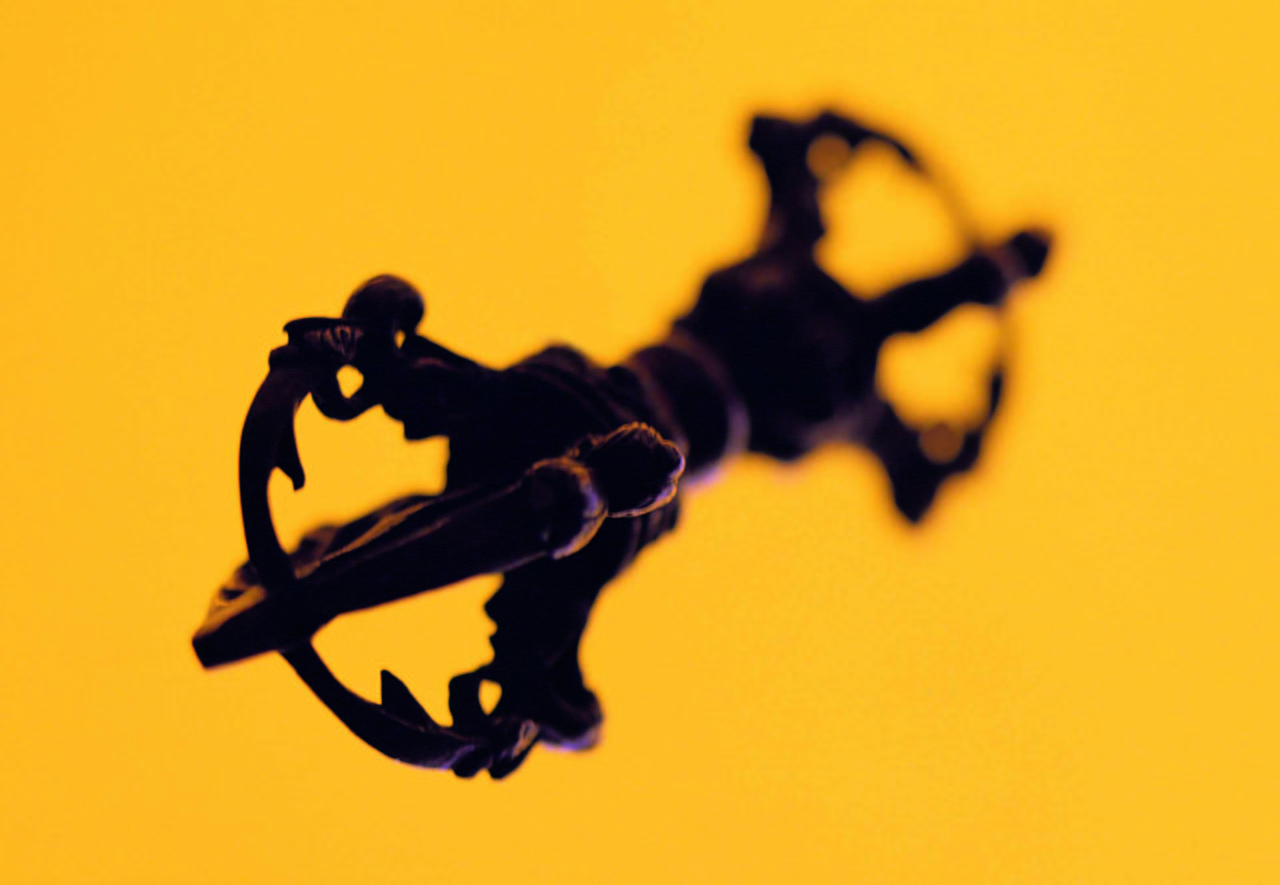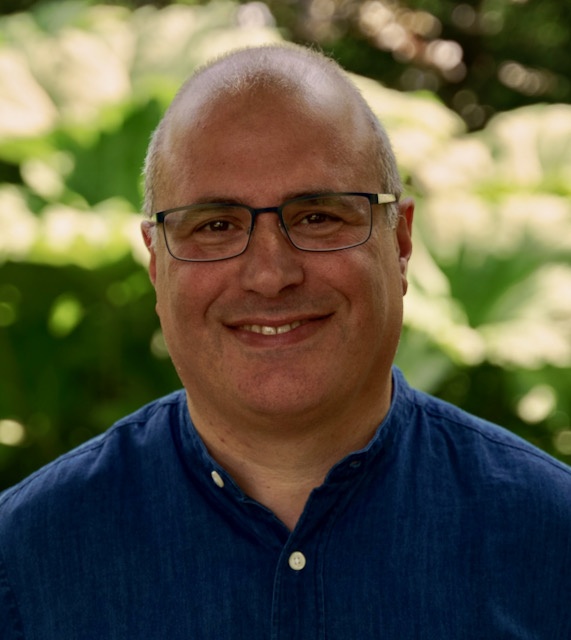In 1975 when Helena Norberg-Hodge first met her friend Tsewang Paljor in a Ladakhi village, Tsewang told her, ‘We don’t have any poverty here.’ That was before this the remote Himalayan region – politically part of India but culturally part of the old Tibetan Buddhist civilisation – had had much contact with the West. Just eight years later Tsewang pleaded to Helena, ’If you could only help us Ladakhis, we are so poor …’ What had happened in the intervening years to change so radically the Ladakhis’ perceptions of themselves? How had economic development created this sense of poverty?

Norberg-Hodge also shows how many political and ethnic tensions are the products of modernisation. Young people are drawn to cities where they earn more, but find themselves part of a labour pool, in competition with thousands, even millions, of others. Previously most affairs could be organised at village level – where many voices could be influential – the pull towards centralisation makes Ladakhis dependent on a system controlled by distant forces.
The only way to mitigate this is through the development of new political structures, yet power remains in the hands of a few. As those few tend to favour members of their own communities, ethnic tensions rise. In 1989 the politicisaton of Ladakh resulted in fighting between the Muslem minority and the Buddhist majority, who had lived together peacefully for centuries.
The clash between traditional cultures and modern ‘civilisation’ has been observed and debated since 1492. The case of Ladakh stands out because the contact is so recent, the traditional culture, with its basis in Buddhist values, was (at least to the author’s eyes) so admirable, and the change was so swift. Ladakh’s experience helps reveal many of the forces at work in the world today. The ethical issues raised by imperialism and slavery are clearer today than when they were prevalent, but we are too much in the midst of globalisation to see its character. For Norberg-Hodge, Ladakh is a mirror to the modern world.
Some of her most striking observations concern the changing role of women in Ladakhi society. When she first arrived she was struck by the confidence and happiness of Ladakhi village women. Although men held public offices this was less important than we might think in a decentralised culture where there was little need for communal decision making. Women made decisions about household matters and, as Norberg-Hodge commented, ‘In rural communities most power is at a household level, so when a woman is central there, she is central to that society.’
She maintained that: ‘Women in traditional Ladakhi society have a stronger position than in any other culture I know.’ Their roles were different to men’s but this did not signify a lower status as ‘the male and female energies were in a wonderful balance.’ But when women moved to cities the balance changed. The life of a house-bound mother in a nuclear family whose husband goes out to work lacks a context. There is no extended family, community relationships are attenuated, and there is no meaningful work. Furthermore, consumer values elevate individual choice and create a sexual market, with all its attendant anxieties about appearance.
By observing such trends, Norberg-Hodge started to draw comparisons with the forces at work in the West. ‘The desire to look like Barbie-doll is a global problem,’ she told me. ‘In the West the pressures have been continuing for much longer, so we don’t see the cause. Therapists look at problems like eating disorders in an individual way, in a child’s relationship with her mother. But this ignores economic forces: the combination of the ideal of slimness that is presented through advertising, and the availability of an incredible array of tempting food.’
Similarly, western ‘gender wars’ can be seen as the product of economic pressures, rather than an inevitable power struggle. Norberg-Hodge commented, ‘In the West the household has become an empty shell where no significant decisions are made. So leaving a woman behind in that household is a kind of death. We read that experience back into traditional societies, and think that if a woman does not have power in the formal sector she has no power at all. Rather than trying to regain power by proving that “women are just like men” we should argue that men and women are different and have complementary qualities.’
Some critics have suggested that Norberg-Hodge’s picture of traditional Ladakhi society is idealised, and others have warned against assuming that its virtues are shared by other traditional cultures. None the less, the insights in Ancient Futures resonate far beyond Ladakh, and Norberg-Hodge insists that she should not be pigeon-holed as a ‘Ladakh expert’.
Much of her work in the past decade has been raising awareness of the threat of globalisation in the West, and promoting the need to revive local economies and communities. She sees this issue as of over-riding importance for the whole world. ‘My first target is the well-intentioned movements of people in the West, such as Buddhists, who are devoting their lives to making the world a better place. They need to become more aware that the direction of progress is being shaped by an economic system.’
Norberg-Hodge has evolved from a linguist into an adviser to the Ladakhis, and now a political activist, a vehement foe of globalisation. She believes that the virtues of Ladakh’s traditional society suggest an alternative to the western model of economic development. ‘Leaders, institutions and governments exert a pressure to impose a homogenising economic model. This is a type of centralised planning, with one World Bank, International Monetary Fund, and World Trade Organisation which have been imposing a particular kind of economics on cultures and ecosystems. This cannot but destroy diversity.’
Norberg-Hodge is not concerned with party politics, ‘I am not interested in changing the minds of Tony Blair or Bill Clinton – I’m not even sure it would do any good. By definition, when you have power you rely on a mediated view of the world that is expressed in statistics, hypotheses and supposition. Things have speeded up, as we have to live at the pace of the available technology. So there is more time pressure, and therefore more reliance on a mediated view of the world. This is not the fault of individuals; it is a structural problem.’
Although Norberg-Hodge’s lifestyle – running projects on two continents and connected with other campaigners across the globe – is paradoxically cosmopolitan, she insists that real change can only come from the grass roots. Her message is an alternative way of thinking. ‘At the bottom are ordinary people, not linked to power, whose sense of the world is drawn from their human relationships and daily social interactions, and such people are more willing to promote a shift to alternatives.’
In England, isec has been involved in the local food movement, establishing markets for local produce. In Ladakh, Norberg-Hodge founded the Ladakh Project, which has raised awareness among the Ladakhis of the value of their own culture, and the limitations of the western model. For instance, they have organised ‘reality tours’, which take Ladakhis to western countries to witness environmental damage and the stresses of urban life.
The greatest success in recent years has been the 4,000-strong Ladakhi Women’s Alliance, which campaigns on environmental issues. Women are Norberg-Hodge’s most likely allies. ‘Perhaps because they usually have less power in the public domain, women tend to be more closely embedded in the social and natural system, and feel more allegiance to place than men.’
25 years after her first visit to Ladakh, Norberg-Hodge sees signs that her work to influence Ladakhi attitudes is bearing fruit. ‘It has been heart-rending to watch the changes over the years, but on my visit last year there was a sea-change in consciousness. The leading spiritual figures came out in support of our work, and there are so many projects trying to curtail the effects of change.’
The key for Norberg-Hodge is education. ‘All round the world, education promotes faith in the values of economic development. If the Ladakhis can stick to a different set of values they are still in a position to be a model of a different path.’
Despite the power of the destructive forces Norberg-Hodge describes so clearly, she is optimistic for the future. ‘For all its power the global economic system is vulnerable because the vast majority of people are being excluded. The model masquerades as a force of nature, but it persists largely because most people don’t think about it. We need to recognise the connections between economics and ethics, culture and psychology.
‘The kind of localisation we are promoting is about becoming whole again, reconnecting the heart and the mind. I love the Buddhist emphasis on the interconnection of wisdom and compassion. The head without the heart is dangerous. As is the heart without the head.’ The mindful, heartfelt lives of traditional Ladakhis have much to teach us.


